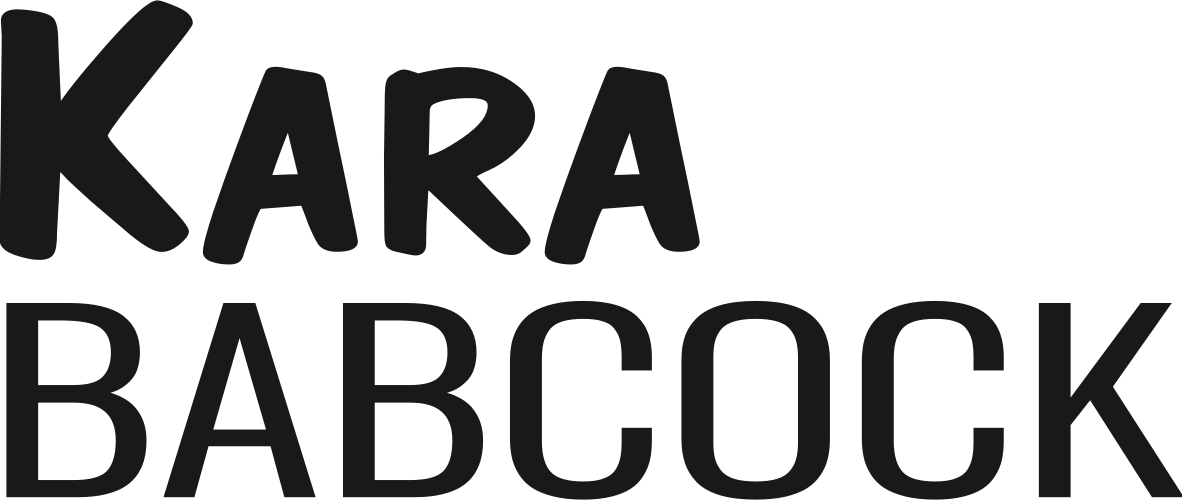You ain't seen nothing yet
Shorter entry this week, as I didn't do much new and exciting in week 2 of my research project. I'm still having fun, but because it's so early in the summer, that fun mostly takes the form of reading.
As tweeted earlier, the secret to reading (and understanding) math papers is simple. First, always read it twice. Then read it again. But to make sure you really understand, you need to take notes. Write down what's implicit in the paper, the steps the author leaves out because "it is obvious" or "it is clear to the reader" or, even worse, "this has been left has an exercise for the reader." Once you've done that, the final step is to read the paper again.
I spent all week reading two papers, one of which expands on the findings of the other. The first investigates the spreading and covering numbers in relation to the ideal generation conjecture. Much of the paper goes over my head. Nevertheless, there were some very useful figures, and the use of graph theory in one paper and set theory in another helped improve my comprehension of what these numbers are. The second paper, in particular, was devoted to finding explicit values and bounds for the covering number using a combinatorial/set theory approach.
One of my goals is to improve, if I can, upon the bounds found in these papers. The actual values computed by my supervising prof suggest that there's room for improvement. I'm a little daunted by this prospect. I feel like I understand the proofs present in these two papers regarding the bounds for the covering number . . . but I'm not so sure I understand the procedures well enough to build upon them. Granted, I've only been doing this for two weeks. As the summer progresses, I'll learn more and become more confident. For now, however, I'm just a wee bit intimidated by what I will try to accomplish.
Don't mistake trepidation for discontent. The best is yet to come! Soon I'll be playing with CoCoA and Macaulay2. This week, I'm learning about resolution, which leads to a generalizatio of dimension from ordinary vector spaces to modules. Oh, and I'm having a lot of fun learning how to typeset my proofs in LaTeX. Math is totally the language of the universe, and LaTeX is its markup.

